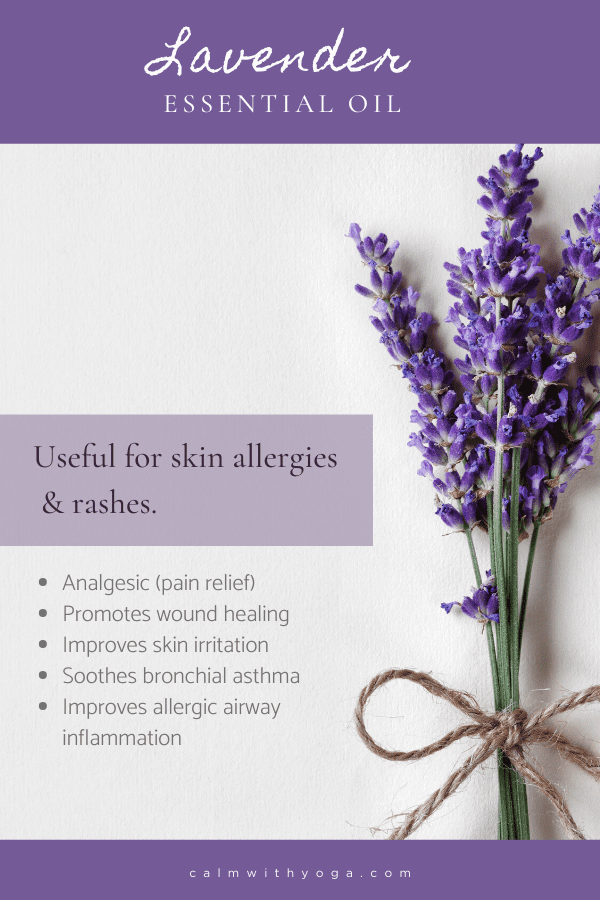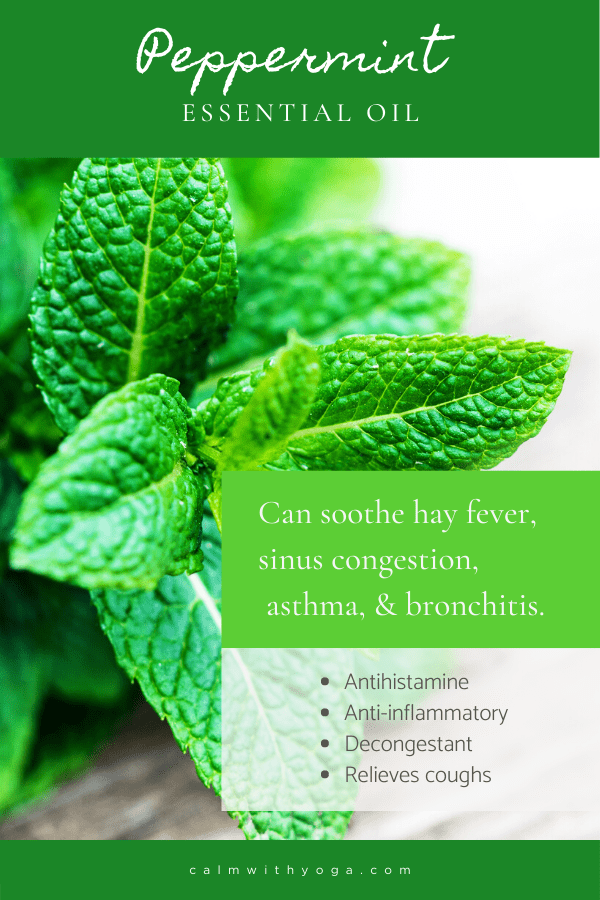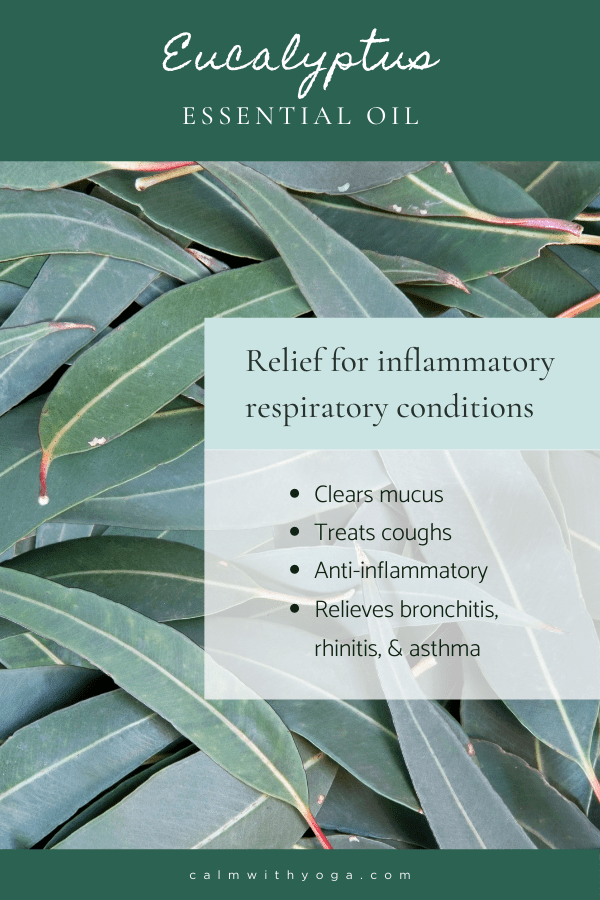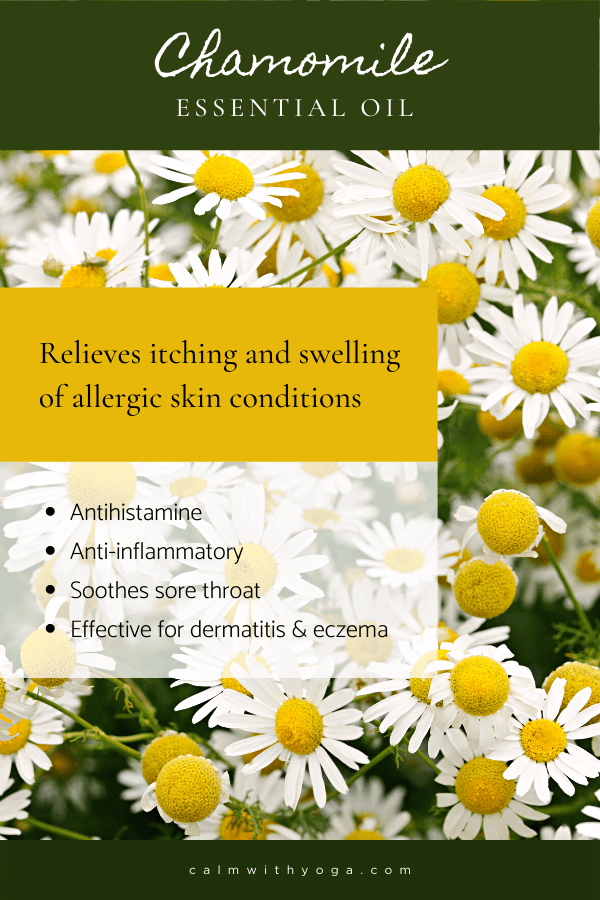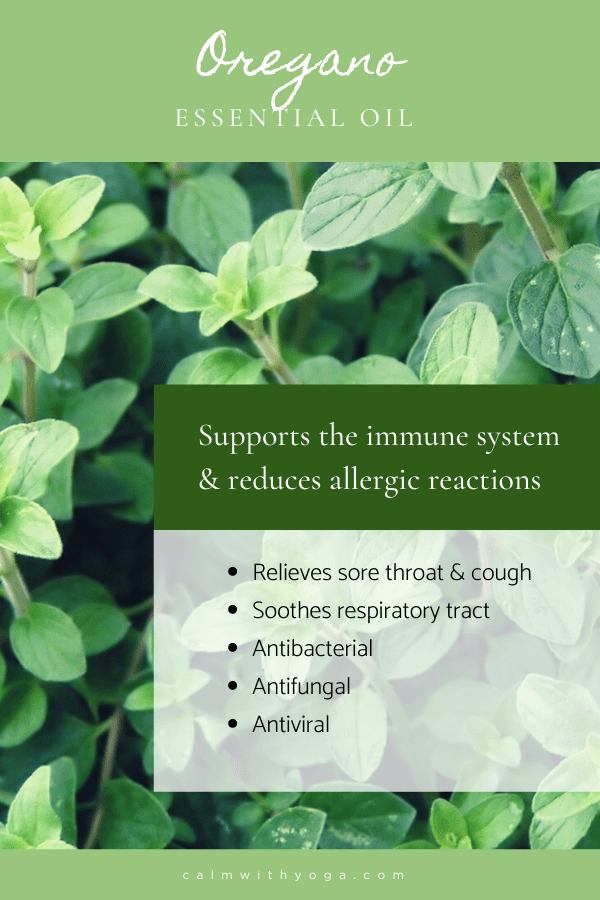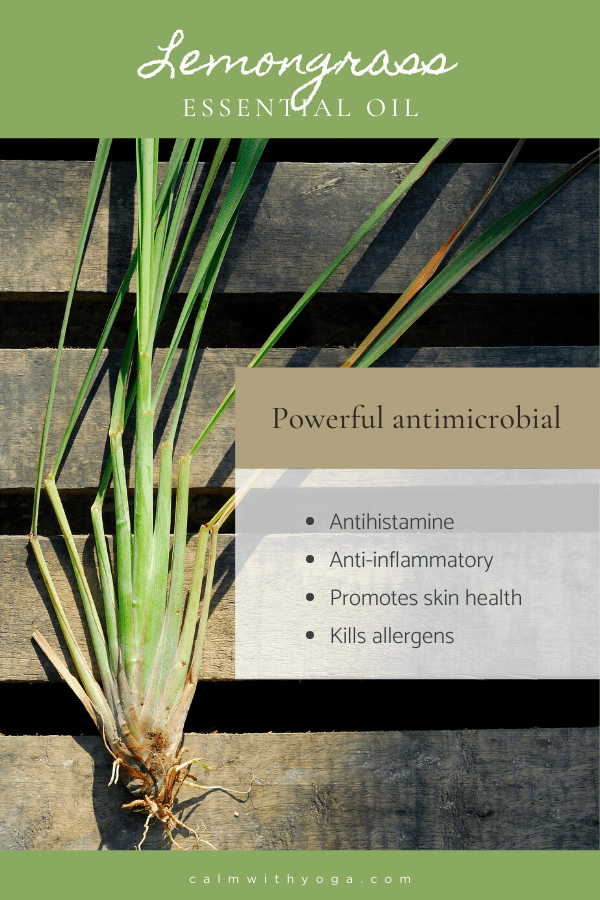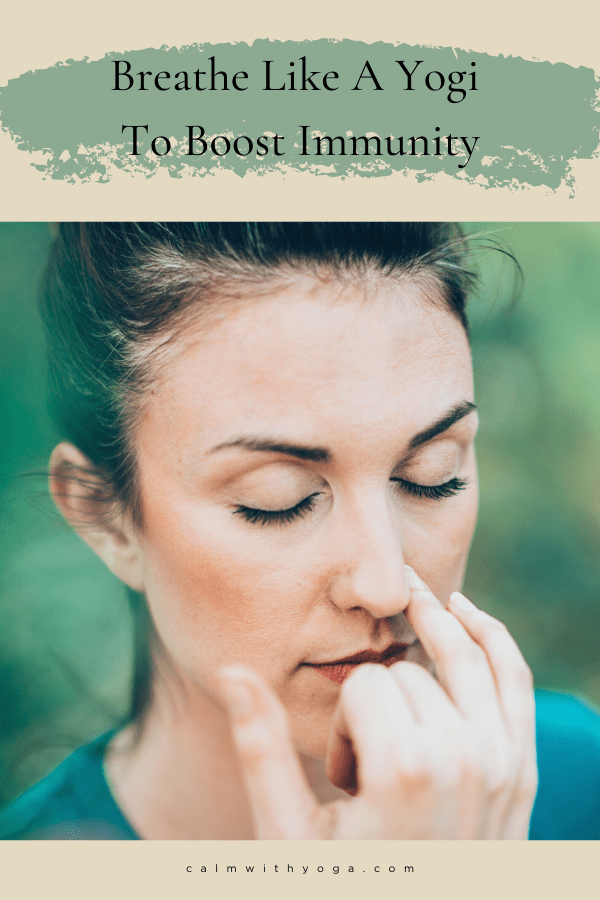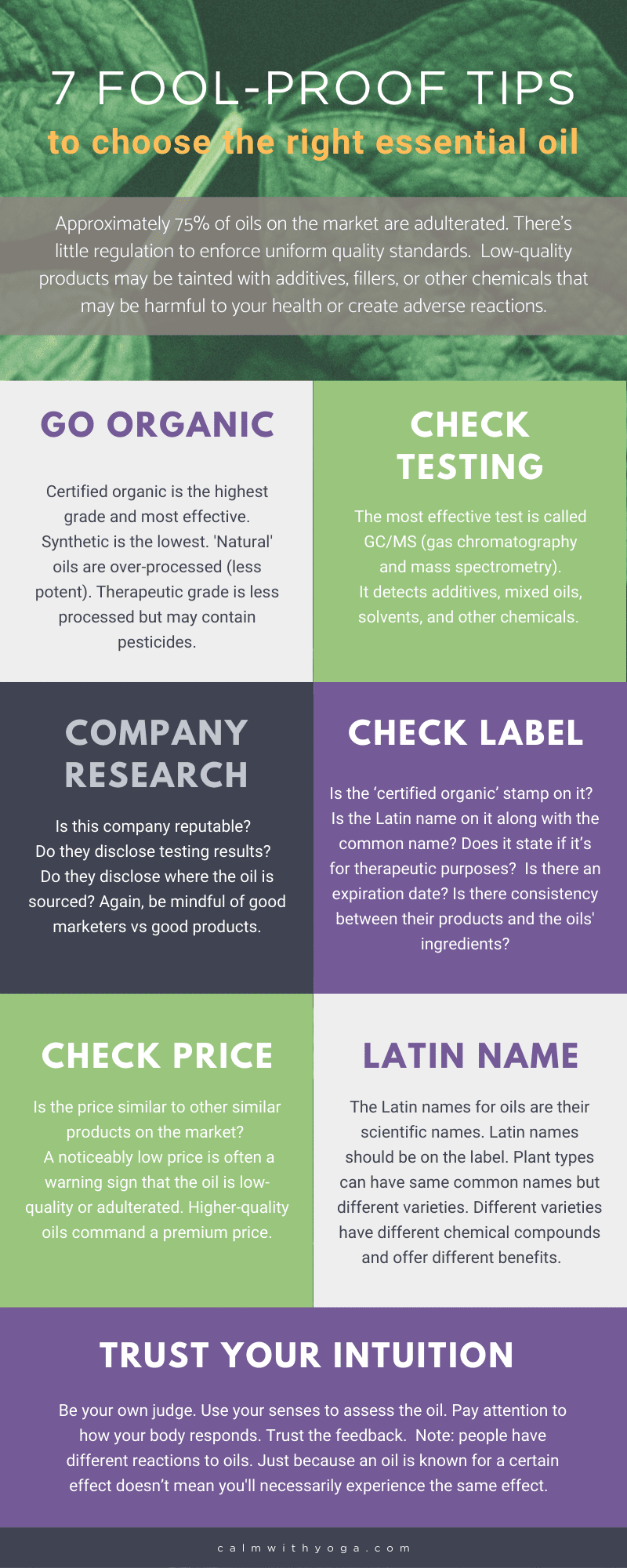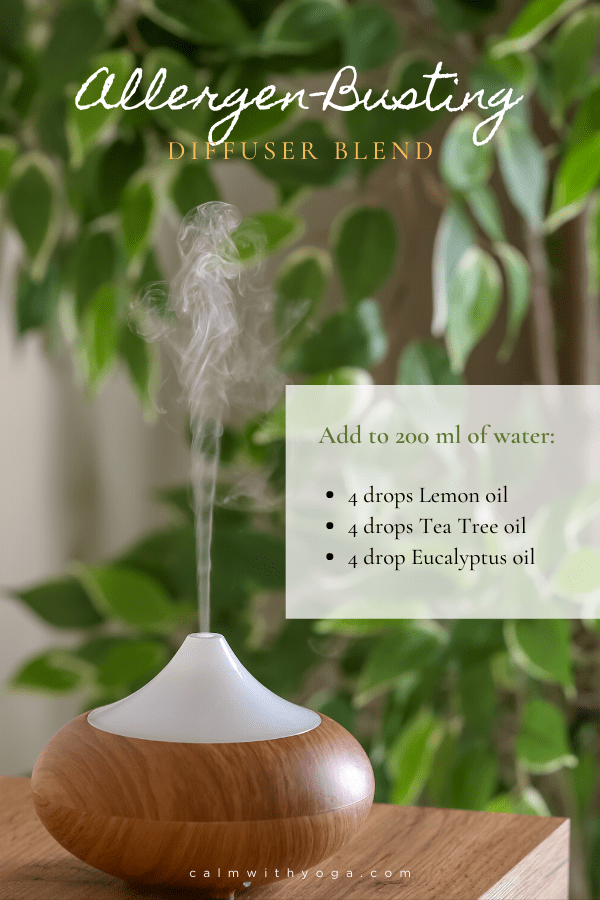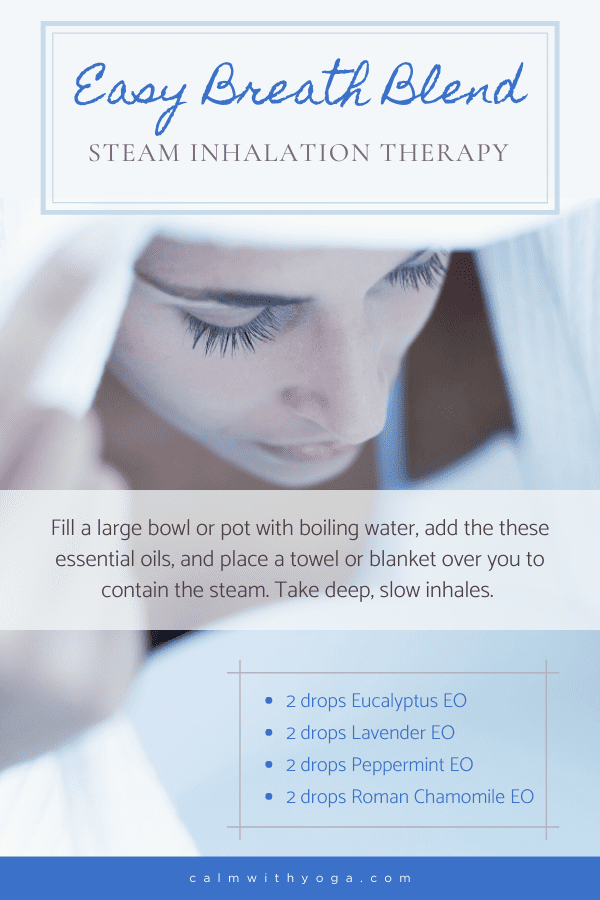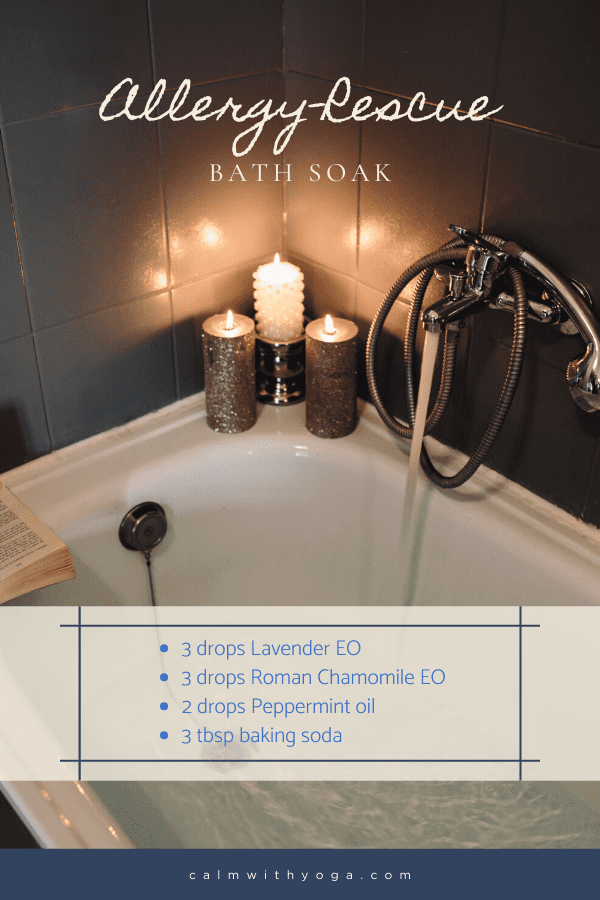It’s estimated that 1 in 3 people have an active allergy at any given moment and 3 in 4 people develop an allergic reaction at least once in their lives. (1) Whether they be seasonal allergies, skin allergies, or food allergies they’re the result of an overactive immune system. This means that the immune response is overly sensitive to elements in the environment. Allergens include grass, pollen, mold, dust, pet dander, medications, latex, dairy products, gluten, shellfish, eggs, nuts, additives and preservatives, and other chemicals. Allergy season is characterized by conditions like allergic rhinitis (hay fever). Other common allergy skin conditions are hives (raised bumps on the skin that develop from an allergic reaction), dermatitis, and eczema. Symptoms of allergy include itching, swelling/ inflammation, mucus production/ phlegm, nasal congestion (stuffy nose, runny nose), sneezing, sinusitis, watery eyes, eyelid swelling, headaches, fatigue, asthma, and scratchy throat. These symptoms occur when immune cells called mast cells detect an allergen and set off a series of reactions that lead to antibody and histamine production. Histamine causes allergy symptoms and triggers an inflammatory response. Many people are choosing natural remedies as the first line of action instead of immediately going to medication. This is due to undesirable medication side-effects which include drowsiness, gut issues, dry mouth, and even blurred vision. Essential oils may be an effective natural remedy for allergies due to their potent anti-inflammatory properties, their ability to reduce excess mucus production, and even antihistamine capacity…
How EOs Work to Alleviate Allergies
When used mindfully and safely, essential oils (EOs) can offer some allergy relief, or at the very least help alleviate annoying symptoms like cough, stuffy nose, and skin rashes. EOs are highly concentrated aromatic compounds extracted from tree or plant material such as bark, leaves, flowers, roots, resin, fruit, or nut. They’re considered a form of herbal medicine and holistic healing, and their therapeutic application is often referred to as aromatherapy. The plants, trees, herbs, spices, and fruits from which EOs are produced have been used by thousands of years by Ayurvedic doctors, traditional Chinese medicine doctors, and even ancient Greek physicians. The only surefire way of getting rid of allergies is to completely reduce exposure to whatever allergen is causing the issue. This is not very practical or realistic, especially if you suffer from pollen or dust allergies, right? The other problem is that sometimes you just don’t really know what specifically you’re reacting to. Testing is not always readily available to everyone so many of us are left guessing and hypothesizing. As mentioned, allergic reactions occur as the result of an overstimulated immune response that then leads to increased inflammation in the body. It would make sense then, that allergy sufferers focus on two main three main things:
Support the immune system so it can regulate its responses better Lower inflammation in the body Alleviate individual symptoms
EOs can help address all three of these. In recent years there’s been a growing focus on EO research in order to better understand their therapeutic and healing properties. Multiple studies have shown various EOs to be particularly effective at providing immune support and protection. Many EOs possess anti-allergy, antiseptic, antibacterial, antiviral, and antifungal properties. Other EOs stimulate the flow of lymphatic fluid, which carries high amounts of white blood cells.
The 10 Best Essential Oils For Allergies
1 – Lavender oil (Lavandula angustifolia)
A study published in Life Sciences found that inhalation of lavender prevents allergic airway inflammation and concluded that it may even be useful as an alternative treatment for bronchial asthma. (2) Lavender essential oil is a powerful anti-inflammatory and analgesic (pain reliever). (3) The topical application of lavender helps soothe skin irritation, accelerates wound healing, and promotes the production of collagen – which makes it particularly effective for skin allergies and rashes. (4)
2 – Peppermint oil (Mentha piperita)
The active ingredients in peppermint – menthol, and menthone – can soothe the respiratory system, and as a natural decongestant, it can provide relief from sinus congestion. (5) An animal study published in the Biological & Pharmaceutical Bulletin concluded that peppermint oil may be ‘clinically effective in alleviating the nasal symptoms of allergic rhinitis‘ (hay fever). It was found to have antihistamine effects and test subjects’ nasal symptoms like sneezing were reduced too. (6) Peppermint essential oil also exhibited an antispasmodic effect (suppresses muscle contractions) in the throat area which may indicate cough suppression. (7)
3 – Lemon oil (Citrus limon)
A clinical study examining the effects of a lemon oil-based nasal spray found it to be effective in the treatment of seasonal and year-round allergic rhinitis (hay fever) and other inflammatory diseases of the nose. (8) Lemon oil is effective at stimulating the lymphatic system, which as we’ve seen is an important part of the immune system because it stores and transports white blood cells throughout the body via lymph fluid. When diffused, lemon oil can kill bacteria and other airborne allergens which helps contain the risk of more allergic reactions. (9)
4 – Frankincense oil (Boswellia carterii)
Frankincense oil can stimulate the immune system by fortifying immune cell activity, and one study found it to increase lymphocyte (white blood cell type) activity by 90%. (10) Thanks to its anti-inflammatory properties, it’s also shown positive results for bronchial asthma, bronchitis, and sinusitis. (11) (12)
5 – Tea tree oil (Melaleuca alternifolia)
Tea tree’s antiseptic and anti-inflammatory properties make it especially effective at treating wounds, skin rashes, and hives to accelerate healing. (13) As a powerful antibacterial and antifungal, it can clean the air of allergens when diffused and sanitize surfaces when used as a cleaner. (14)
6- Eucalyptus oil (Eucalyptus globulus)
When inhaled or taken orally, the major active component in eucalyptus, 1.8-cineole, can provide relief for inflammatory respiratory conditions such as bronchitis, rhinosinusitis, asthma, and COPD (chronic obstructive pulmonary disease). (15) As an expectorant, it can also loosen and reduce mucus secretion, congestion in the nasal passages, and alleviate respiratory tract issues. (16)
7 – Chamomile oil (Chamaemelum nobile)
Shown to have antihistamine and anti-inflammatory properties. (17) Relieves itching and swelling of allergic skin conditions and demonstrates effectiveness in the treatment of both dermatitis and eczema. (18) It has been shown to help soothe sore throat and hoarseness. (19)
8- Oregano oil (Origanum vulgare)
As a powerful antibacterial, antifungal, and antiviral oregano oil supports the immune system, which in turn can minimize allergic reactions. (20) A randomized trial investigating the effects of an EO blend containing oregano on the upper respiratory tract found immediate and significant improvement in symptoms such as sore throat, cough, and hoarseness. Improvement of symptoms was only observed in the first three days of treatment. (21)
9- Lemongrass oil (Cymbopogon flexuosus)
A study published in the International Journal of Molecular Medicine found lemongrass oil and its constituents to have potent antihistamine and inflammation-reducing properties which suggests that the oil is “a therapeutic candidate for allergic and inflammatory diseases.” (22)
10 – Sandalwood oil (Santalum album)
A 2016 study found that inhalation of an EO blend containing Sandalwood helped relieve symptoms of year-round allergic rhinitis (hay fever). Subjects reported improved quality of life, reduced fatigue, better sleep, and relief of nose and eye symptoms. (23) It can induce a calm state and is widely used in meditation as a mindfulness tool. Stress and anxiety can make allergic reactions and symptoms worse, so sandalwood oil is definitely one to have in your repertoire. (24)
The Pros & Cons of EOs for Allergies
The Pros:
EOs are potent – a little goes a long way. For example, did you know that 45-75 lemons go into just one small bottle? Just one drop offers multiple active compounds that can alleviate allergy symptoms and accelerate healing for skin reactions. High-quality EOs should be 100% natural and undiluted. This means you have direct access to nature’s pharmacy and healing plant wisdom. Think of EOs as relatively affordable and accessible natural/ preventative health care that merges nicely with whatever you’re doing to manage allergies If you use EOs mindfully and consume them with care, you’ll likely experience little to no side effects. (Unlike most pharmaceuticals.) Unlike pharmaceuticals, you can blend multiple oils to maximize or enhance their anti-inflammatory, soothing, and anti-allergic effects.
The Cons:
EOs are potent – unnecessarily high concentrations and misuse can cause them to become irritants and may even make allergy symptoms worse. Unfortunately, there are many adulterated EO products out in the market that feature misleading claims and labels. It’s estimated that more than 75% of all EO on the market are either diluted or contaminated with synthetic material. (25) Even though EOs can help improve allergy symptoms in many ways they aren’t cure-alls or a substitute for medication when needed. (If you’re dealing with a serious allergic condition please consult with your physician or medical provider prior to using them.) There are contraindications to be aware of for EO use for allergies. For example: Tea tree and eucalyptus can cause allergic skin reactions so be sure to do a patch test before applying it topically. Tea tree oil should not be ingested. Don’t expose your skin to the sun for at least 48 hours after applying citrus EOs like lemon oil topically as this can cause blisters or burning. There’s still a need for more comprehensive studies to explore EO benefits further, especially in humans. Though studies seem promising, most of the research done on EOs is based on animal studies.
Using EOs With Other Natural Alternative Treatments for Allergy Support
Since EOs aren’t a cure-all, their benefits are most enhanced when they form part of a holistic and well-rounded approach to preventing and treating allergies. EOs alone probably won’t cure you of allergies, especially if you’re still exposed to allergens and engaging in habits and patterns that strain your immune system and increase inflammation. Things like smoking, drug use, excessive drinking, poor sleep, unmanaged stress/anxiety, and consuming excessive sugar, gluten, and processed foods can all make allergy symptoms worse. Here are 4 empowering habits and lifestyle choices to include in your allergy-relief regimen:
Pranayama (Breathwork)
Believe it or not, the way you breathe can greatly impact your immunity (and by default your allergic reactions!) Your breath can either increase inflammation or help to decrease it. Yogic breathwork (pranayama) is an excellent option to pair with your EOs. You can diffuse the allergy blend below during a 5-minute pranayama session, or simply just add 1 or 2 drops of one of the oils mentioned above to the palms of your hands, rub them together and inhale the scented and potent healing goodness. Deep, slow belly breaths, inhaling the EO aromatic compounds, and long exhalations can all help to boost immunity. Commit to 3-5 minutes a day of yogic breathing with EOs and see how you go. Here’s everything you need to get started.
Supplements
Vitamin D & C, quercetin, astragalus, stinging nettle, bromelain, and butterbur can all help support the immune system and lower inflammation and histamine response. High-grade probiotics are also useful since about 70-80% of your immune system is located in your gut.
Diet
As mentioned, overconsuming alcohol, sugar, gluten, dairy, or processed foods can heighten allergic responses. Opt for an anti-inflammatory diet instead and focus on eating high-energy foods so that you’re eating like a yogi to keep your defenses strong.
Explore the Psychosomatics
Is it possible that there could be a mental/emotional link to your allergies and reactions? Psychosomatic illness refers to the way your emotions, thoughts, beliefs, and subconscious perceptions create a state of dis-ease in the body. Yoga teacher Yogi Bhajan said: Author and founder of Hay House Publishing Louise Hay wrote an entire book connecting psychosomatic factors to different kinds of diseases and health states. In “Heal Your Body” she suggests that allergies (and hay fever) may be connected to these thought patterns:
Denying your own power Being ‘allergic’ to someone Emotional congestion Guilt A belief in persecution Fear of the calendar
She offers the following affirmations and new belief patterns to help heal:
The world is safe and friendly I am safe I am at peace with life I am one with all of life I am safe at all times
If you want to take this one step further, Dr. John Demartini’s extensive work on illness and perceptions offers further possibilities. He suggests that we form “repeated and compounded challenging associations with the specific allergen.” (1) He also suggests that allergies are the result of “stuffing emotions concerning challenging associated issues” and also emotional congestion. (1)
How To Choose the Right High-Quality EO for Allergies
Low-quality products may be tainted with additives, fillers, or other chemicals that may be harmful to your health and have adverse effects on allergy symptoms, especially skin conditions. Here are 7 fool-proof tips to help you: 1 – Look for certified organic therapeutic grade essential oils. 2 – Check that testing has been done. 3 – Research the company. 4 – Check the label. 5 – Check the price. 6 – Check the Latin name. 7 – Check in with yourself.
3 Ways To Use EOs for Allergic Relief
Here are three different blends to help you incorporate EOs for allergies. The blends come with three different methods of use. Try one or try them all – your choice.
Allergen Busting Diffuser Blend
You’ll need a diffuser for this one. A diffuser evaporates the EOs aromatic compounds into millions of microparticles that enter the air around you. You then inhale the particles and their healing compounds travel to your bloodstream via the lungs. This blend cleanses the air and gets rid of common household allergens like dust and mold.
Easy Breath Blend
This is perfect for nasal congestion, sore throats, coughs, or any respiratory or lung issues.
Allergy Rescue Bath Soak
Fill your tub up and relax as the healing compounds soothe the skin.
REFERENCES : (1) The Prophecy II Experience, John Demartini, p 179 (2) https://www.sciencedirect.com/science/article/abs/pii/S0024320514005177?via%3Dihub (3) https://www.ncbi.nlm.nih.gov/pubmed/14522434 (4) https://www.ncbi.nlm.nih.gov/pmc/articles/PMC4880962/ (5) https://www.ncbi.nlm.nih.gov/pubmed/19039907 (6) https://www.ncbi.nlm.nih.gov/pubmed/11201253 (7) https://www.ncbi.nlm.nih.gov/pubmed/20488237 (8) https://www.hindawi.com/journals/isrn/2012/404606/ (9) https://www.ncbi.nlm.nih.gov/pubmed/11328766 (10) https://www.ncbi.nlm.nih.gov/pubmed/12710734 (11) https://www.ncbi.nlm.nih.gov/pubmed/20696559 (12) https://www.ncbi.nlm.nih.gov/pubmed/27117114 (13) https://www.ncbi.nlm.nih.gov/pubmed/16418522 (14) https://www.ncbi.nlm.nih.gov/pubmed/9055360 (15) https://www.ncbi.nlm.nih.gov/pubmed/20359267 (16) https://www.ncbi.nlm.nih.gov/pmc/articles/PMC4514714/ (17) https://www.spandidos-publications.com/10.3892/ijmm.2014.1720 (18) https://www.ncbi.nlm.nih.gov/pmc/articles/PMC2833428/ (19) https://www.ncbi.nlm.nih.gov/pmc/articles/PMC2995283/ (20) https://www.ncbi.nlm.nih.gov/pmc/articles/PMC6182053/ (21) https://www.ncbi.nlm.nih.gov/pmc/articles/PMC2967840/ (22) https://www.spandidos-publications.com/10.3892/ijmm.2014.1720 (23) https://www.hindawi.com/journals/ecam/2016/7896081/ (24) https://www.ncbi.nlm.nih.gov/pubmed/28395396 (25) Essential Oils Revolution Online Summit, Interview with Robert Pappas, “Essential Oil Preparation”
